Home>Furniture>Outdoor Furniture>How To Measure Drapes For A Patio Door
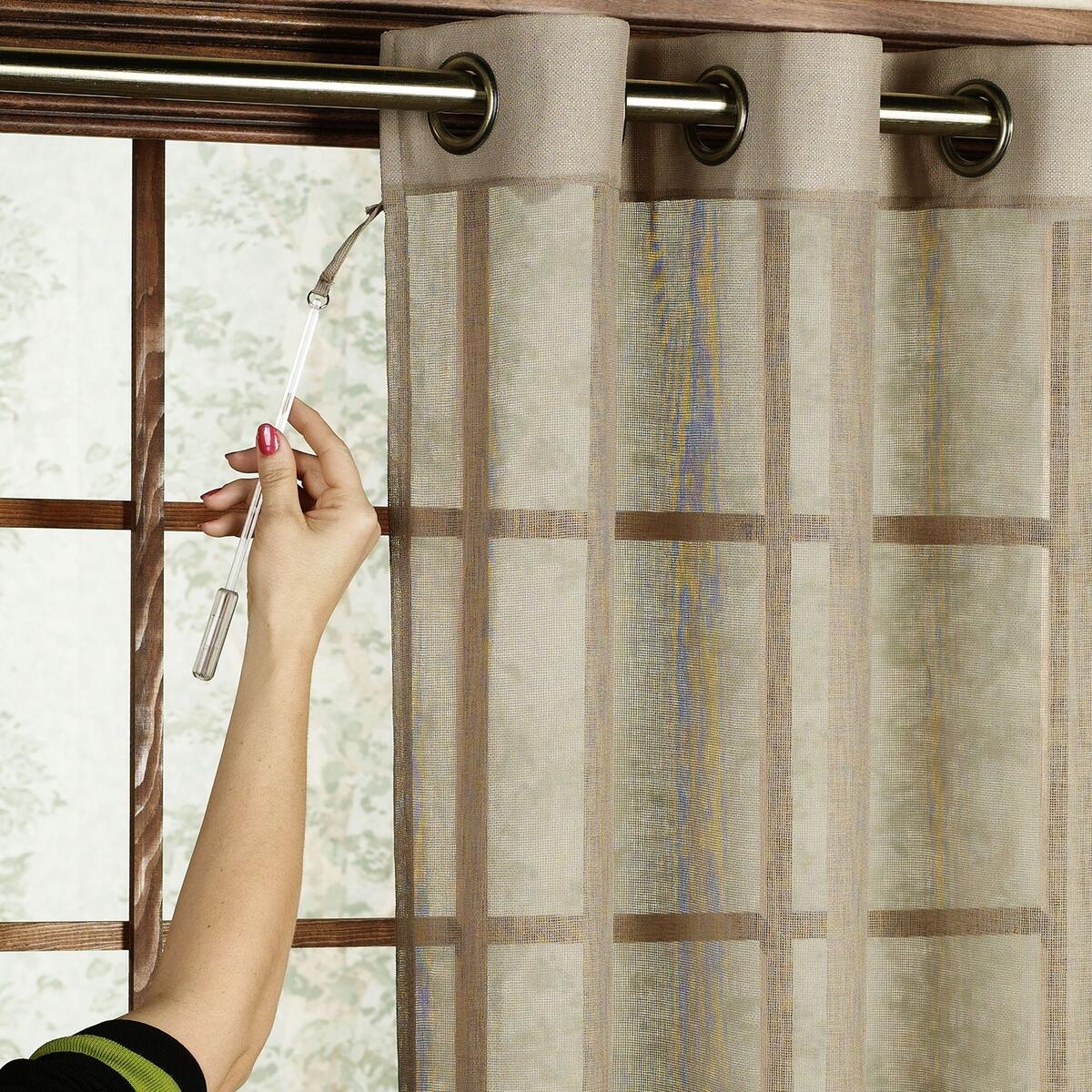

Outdoor Furniture
How To Measure Drapes For A Patio Door
Modified: April 29, 2024
Learn how to measure drapes for your patio door with our helpful guide. Create a stylish outdoor space with the right outdoor furniture for your patio.
(Many of the links in this article redirect to a specific reviewed product. Your purchase of these products through affiliate links helps to generate commission for Storables.com, at no extra cost. Learn more)
Introduction
Welcome to our comprehensive guide on how to measure drapes for a patio door. Adding drapes to your patio door not only enhances the aesthetics of your outdoor space but also provides privacy and controls the amount of sunlight that enters the room. To ensure a perfect fit, it is crucial to take accurate measurements before purchasing or ordering your drapes.
Measuring drapes for a patio door may seem like a daunting task, but with the right tools and guidance, it can be a straightforward process. In this article, we will walk you through the step-by-step process of measuring your patio door to ensure that you select the perfect drapes.
Before we dive into the measuring process, it’s important to gather the necessary tools and materials. You will need a measuring tape, a pencil or pen, a notepad or paper to record your measurements, and a sturdy ladder or step stool if your patio door is located higher off the ground.
Now that you have your tools ready, let’s move on to the first step: measuring the door width.
Key Takeaways:
- Ensure a perfect fit for your patio door drapes by accurately measuring the width and height, considering curtain length and style, and calculating the number of panels needed.
- Gathering the right tools, verifying measurements, and considering additional factors like fabric, color, and header style are crucial for selecting the perfect drapes for your patio door.
Read more: How To Measure For Patio Doors
Step 1: Gather the necessary tools and materials
To measure drapes for your patio door accurately, you will need a few essential tools and materials. Make sure to gather the following items before you begin:
- Measuring tape: Opt for a reliable, flexible measuring tape that provides accurate measurements. A tape that extends up to at least 120 inches will be sufficient for most patio doors.
- Pencil or pen: This will come in handy for marking down your measurements as you go along.
- Notepad or paper: It’s important to keep track of your measurements to ensure accuracy.
- Step stool or ladder: If your patio door is located higher off the ground, you may need a step stool or ladder to reach the top for measuring the height.
Once you have gathered these tools, you are ready to move on to the actual measuring process. Having these items on hand will make the process much smoother and help you avoid any unnecessary delays or mistakes.
Now that you have your tools ready, let’s move on to step 2, where we will guide you through measuring the width of your patio door.
Step 2: Measure the door width
Measuring the width of your patio door is an essential step in ensuring proper fitting drapes. Follow these steps to accurately measure the width:
- Start by sliding the patio door open to its fullest extent. This will give you clear access to the entire door frame.
- Position yourself centrally in front of the patio door so that you have a clear view and can easily reach both sides.
- Take your measuring tape and extend it horizontally from one side of the door frame to the other. Make sure to hold the tape at the exact height where you want your drapes to hang.
- Write down the measurement in inches on your notepad or paper. It’s crucial to record the exact width without rounding up or down, as this will ensure a precise fit for your drapes.
It’s important to note that if you intend to have multiple curtain panels covering your patio door, you need to account for the width of each panel. To calculate the total width needed for multiple panels, simply multiply the desired fullness ratio by the width of your patio door. The fullness ratio typically ranges from 1.5 to 3, depending on the desired level of fullness and fabric weight.
Once you have measured the width of your patio door and accounted for any additional calculation for multiple panels, you are ready to move on to step 3: measuring the door height.
Step 3: Measure the door height
Measuring the height of your patio door is crucial to ensure that your drapes provide adequate coverage and have the desired length. Follow these steps to accurately measure the height:
- Stand on a sturdy step stool or ladder if your patio door is located higher off the ground. This will allow you to reach the top portion of the door frame.
- Position yourself centrally in front of the patio door so that you have a clear view and can easily reach the top and bottom.
- Take your measuring tape and extend it vertically from the top of the door frame to the desired length where you want your drapes to hang. Keep in mind that it is recommended to allow a few inches of clearance from the floor to prevent dragging and ensure a clean look.
- Write down the measurement in inches on your notepad or paper. Be sure to record the exact height without rounding up or down for accurate drapery length.
When measuring the height, it’s important to consider whether you want your drapes to hang to the floor or if you prefer a more tailored look that ends above the floor. Keep in mind any furniture or obstacles near the patio door that could affect the drapes’ length.
Now that you have measured the height of your patio door, you are ready to move on to step 4: determining the curtain length.
Step 4: Determine the curtain length
Determining the proper curtain length is essential to achieve the desired look and functionality for your patio door. Follow these steps to determine the appropriate curtain length:
- Floor-Length: If you want your drapes to hang all the way to the floor, measure from the top of the curtain rod to the floor. Make sure to account for any additional inches for clearance, depending on your preference. Remember, floor-length drapes create an elegant and dramatic look.
- Apron-Length: For a more casual and relaxed appearance, consider apron-length drapes. These typically fall a few inches below the window sill. Measure from the top of the curtain rod to the desired length, ensuring it falls just below the sill.
- Café-Length: Café-length drapes cover only the lower portion of the window, allowing light to enter while still providing privacy. Measure from the top of the curtain rod to the desired length, normally halfway between the top and bottom of the window.
When determining the appropriate curtain length, keep in mind the style of your patio door, the overall décor of the space, and your personal preference. Additionally, consider whether you want your drapes to puddle on the floor for a luxurious look or if you prefer a cleaner, tailored appearance.
With the curtain length determined, you can now proceed to step 5: considering the desired curtain style.
When measuring drapes for a patio door, make sure to measure the width of the door and add extra width for fullness. For the length, measure from the top of the rod to the floor or to your desired length.
Read more: How To Measure Patio Screen Door
Step 5: Consider the desired curtain style
Choosing the right curtain style is crucial to complement the overall design of your patio door and enhance its appearance. Consider the following factors when deciding on the curtain style:
- Fabric: Select a fabric that matches your outdoor decor and suits your desired aesthetic. Opt for lightweight and breathable materials like linen or cotton for a breezy and casual look. If you prefer a more formal and luxurious style, velvet or silk drapes can add elegance.
- Color and Pattern: Choose a color and pattern that complements the existing color scheme and decor of your patio area. Consider the amount of natural light that enters the space and whether you want the drapes to blend in or make a statement.
- Header Style: The header style of the curtain determines the way it hangs from the curtain rod. Common header styles include rod pocket, grommet, pinch pleat, and tab top. Each style offers a unique look and has its own advantages, so choose the one that suits your preference and complements your patio door.
- Curtain Hardware: Selecting the right curtain hardware, such as curtain rods and finials, is essential to enhance the overall appearance. Choose hardware that matches the style of your patio door and the curtain fabric.
- Additional Features: Consider any additional features you may want, such as blackout lining to block sunlight and improve privacy, or thermal lining to insulate the space and regulate temperature.
When selecting the curtain style, always keep in mind your personal preference, the overall design aesthetic, and the functionality you desire. Your chosen curtain style should complement and enhance the beauty of your patio door and outdoor space.
With the desired curtain style in mind, you can now move on to step 6: calculating the number of panels needed.
Step 6: Calculate the number of panels needed
Calculating the number of panels needed for your patio door is crucial to ensure proper coverage and a full, luxurious look. Follow these steps to calculate the number of panels needed:
- Measure the total width of your patio door from step 2 and divide it by the width of a single curtain panel. This will give you the approximate number of panels required.
- Consider the desired fullness ratio. The fullness ratio refers to the amount of fabric used to cover the width of the window. A fuller look is typically achieved with a higher fullness ratio. Multiply the number of panels determined in step 1 by the fullness ratio to calculate the final number of panels needed.
- If you prefer a symmetrical look, divide the final number of panels by 2 to determine the number of panels to be placed on each side of the patio door.
Keep in mind that the fullness ratio depends on personal preference and the style of the curtains. As a general guideline, a fullness ratio of 1.5 to 2 is recommended for a tailored look, while a ratio of 2 to 3 is ideal for a more luxurious and voluminous appearance.
Remember to always round up to the nearest whole number when calculating the number of panels needed. It’s better to have slightly more fabric than not enough to achieve the desired look.
With the number of panels calculated, you can now proceed to step 7: accounting for additional measurements.
Step 7: Account for additional measurements
When measuring for drapes on your patio door, it’s important to consider additional measurements to ensure a perfect fit and functionality. Take the following factors into account:
- Overlap: If you plan to have two or more panels covering your patio door, consider adding a few inches of overlap between each panel. This will prevent gaps and ensure proper coverage when the drapes are closed.
- Clearance: Allow for clearance between the curtain rod and the top of the patio door frame. This will prevent any obstructions and ensure smooth opening and closing of the drapes.
- Return: For a more finished look, you might want to add a return measurement. A return is the measurement from the outer edge of the curtain rod to the wall. This will allow the drapes to hang closer to the wall and block any light from entering through the sides.
- Hem: Consider the desired hem length for your drapes. A standard hem length is around 1 to 4 inches, depending on personal preference and the overall style of the drapes.
By accounting for these additional measurements, you ensure that your drapes fit properly, provide proper coverage, and operate smoothly. These small details make a big difference in the overall functionality and aesthetics of your patio door drapes.
With all the necessary measurements accounted for, you can move on to step 8: verifying the measurements to ensure accuracy.
Step 8: Verify the measurements
Before finalizing your drape measurements for your patio door, it is crucial to verify and double-check them to ensure accuracy. Follow these steps to verify your measurements:
- Review all the measurements you have recorded, including the width, height, curtain length, and the number of panels needed.
- Compare your measurements to the specifications provided by the drape manufacturer or retailer. Ensure that your measurements align with their recommended sizes and guidelines.
- Take a step back and visualize the drape measurements in relation to your patio door and the overall look you want to achieve. Imagine how the drapes will hang and whether they will provide the desired coverage and aesthetic appeal.
- If possible, consult with a professional or seek advice from experienced individuals who have installed drapes on patio doors before. They may offer valuable insights and suggestions based on their expertise.
- If you have any doubts or concerns about your measurements, consider reaching out to the manufacturer or retailer for guidance. They can provide additional support and help ensure that you have the correct measurements before ordering or purchasing your drapes.
Verifying your measurements is an essential step to avoid any mistakes or issues when installing your drapes. By taking the time to review and double-check your measurements, you can be confident that your patio door drapes will fit perfectly and enhance the overall aesthetics of your outdoor space.
With the measurements verified, you are now ready to proceed with ordering or purchasing your drapes and enjoying the enhanced beauty and functionality of your patio door.
If you have any further questions or need assistance in selecting the right drapes for your patio door, feel free to reach out to a professional or explore the resources provided by outdoor furniture experts.
Happy decorating!
Read more: How To Measure Blinds For Patio Door
Conclusion
Measuring drapes for your patio door may seem like a daunting task, but with the right tools and guidance, it can be a straightforward process. By following the step-by-step instructions outlined in this guide, you can ensure that your drapes fit perfectly and enhance the beauty of your outdoor space. Taking accurate measurements is crucial for achieving the desired coverage, functionality, and aesthetic appeal.
Remember to gather the necessary tools, such as a measuring tape, pencil, notepad, and sturdy ladder or step stool, before starting the measuring process. Measure the door width and height precisely, considering factors like desired curtain length and style. Calculate the number of panels needed to achieve the desired fullness ratio and account for additional measurements like overlap, clearance, return, and hem. Finally, verify your measurements to ensure accuracy before ordering or purchasing your drapes.
Choosing the right curtain style, fabric, color, pattern, header style, and curtain hardware can further enhance the overall look and feel of your patio door drapes. Don’t forget to consider any additional features like blackout lining or thermal insulation, depending on your specific needs.
If you ever feel uncertain or need assistance, don’t hesitate to consult a professional or seek advice from experienced individuals. Taking the time to measure your patio door properly will result in drapes that fit perfectly, provide privacy, control sunlight, and add a touch of elegance to your outdoor space.
Now that you have all the necessary information and guidelines, you can confidently embark on the process of measuring drapes for your patio door. Enjoy the journey of transforming your outdoor space into a stylish and comfortable sanctuary!
Frequently Asked Questions about How To Measure Drapes For A Patio Door
Was this page helpful?
At Storables.com, we guarantee accurate and reliable information. Our content, validated by Expert Board Contributors, is crafted following stringent Editorial Policies. We're committed to providing you with well-researched, expert-backed insights for all your informational needs.
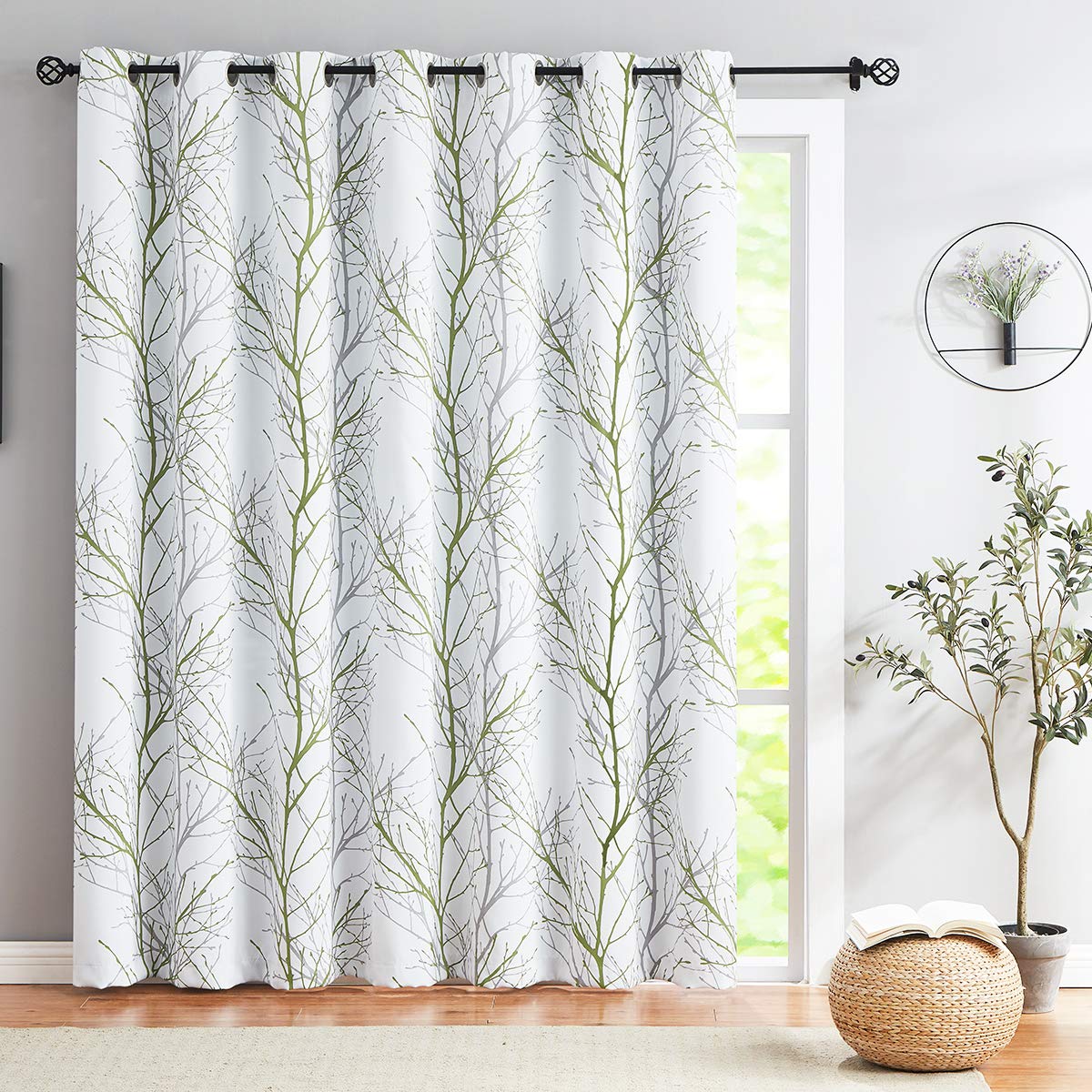
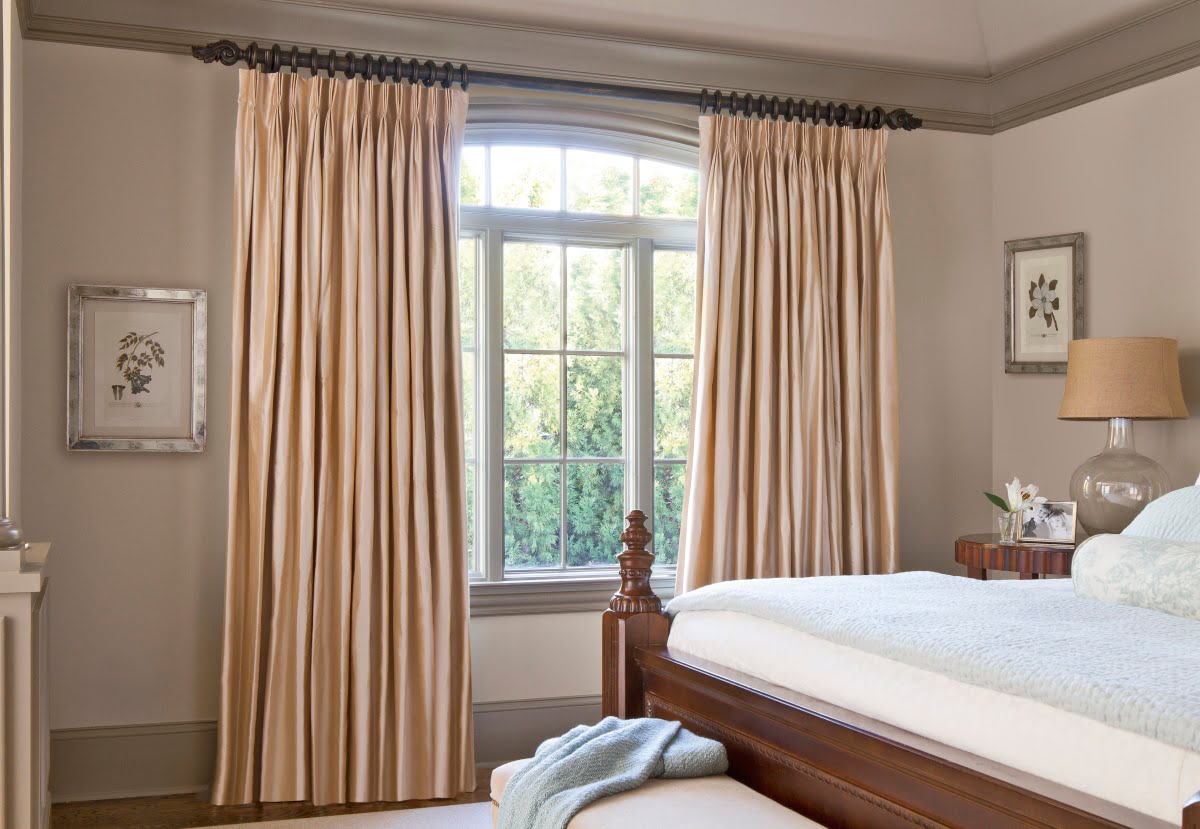
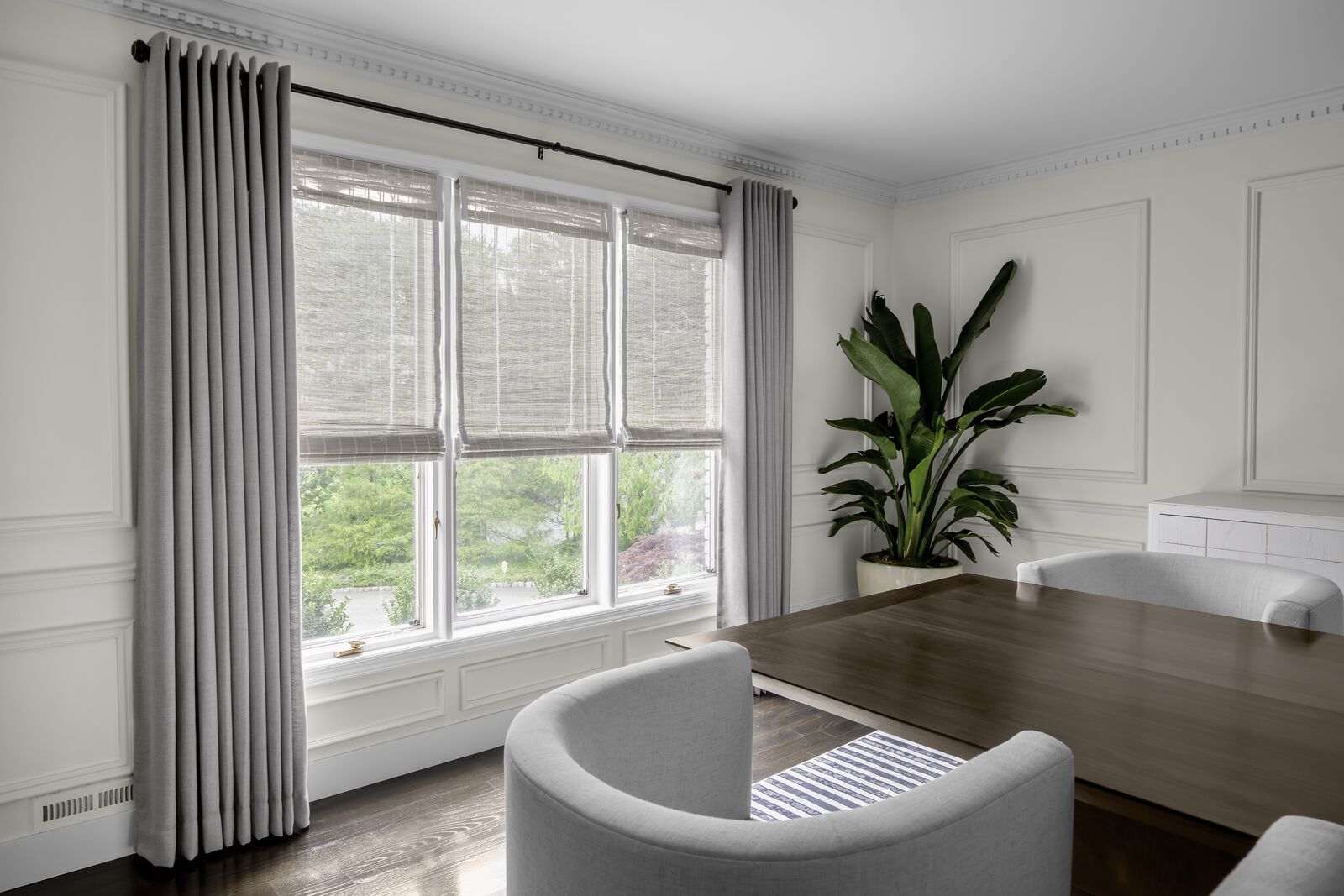
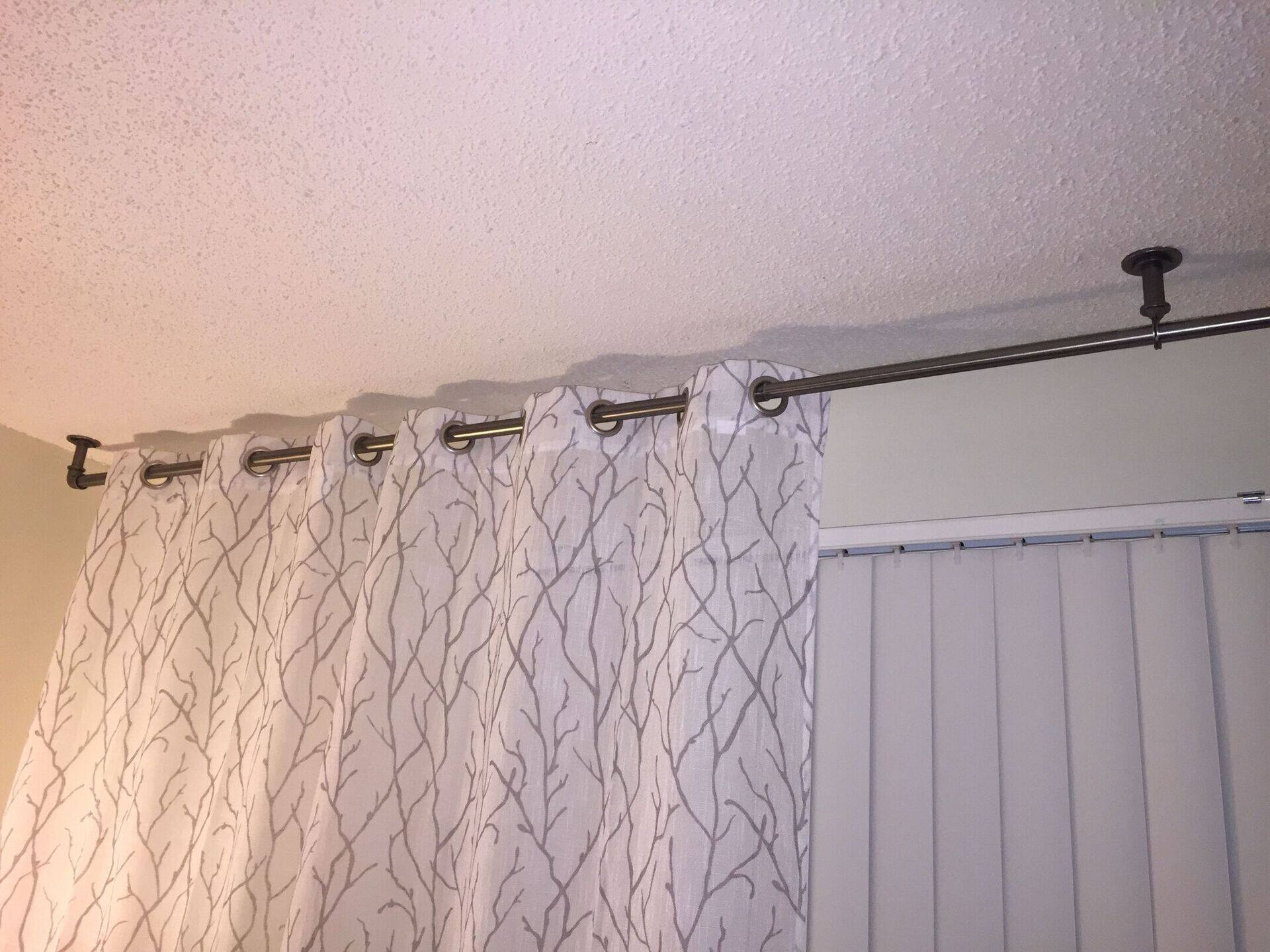
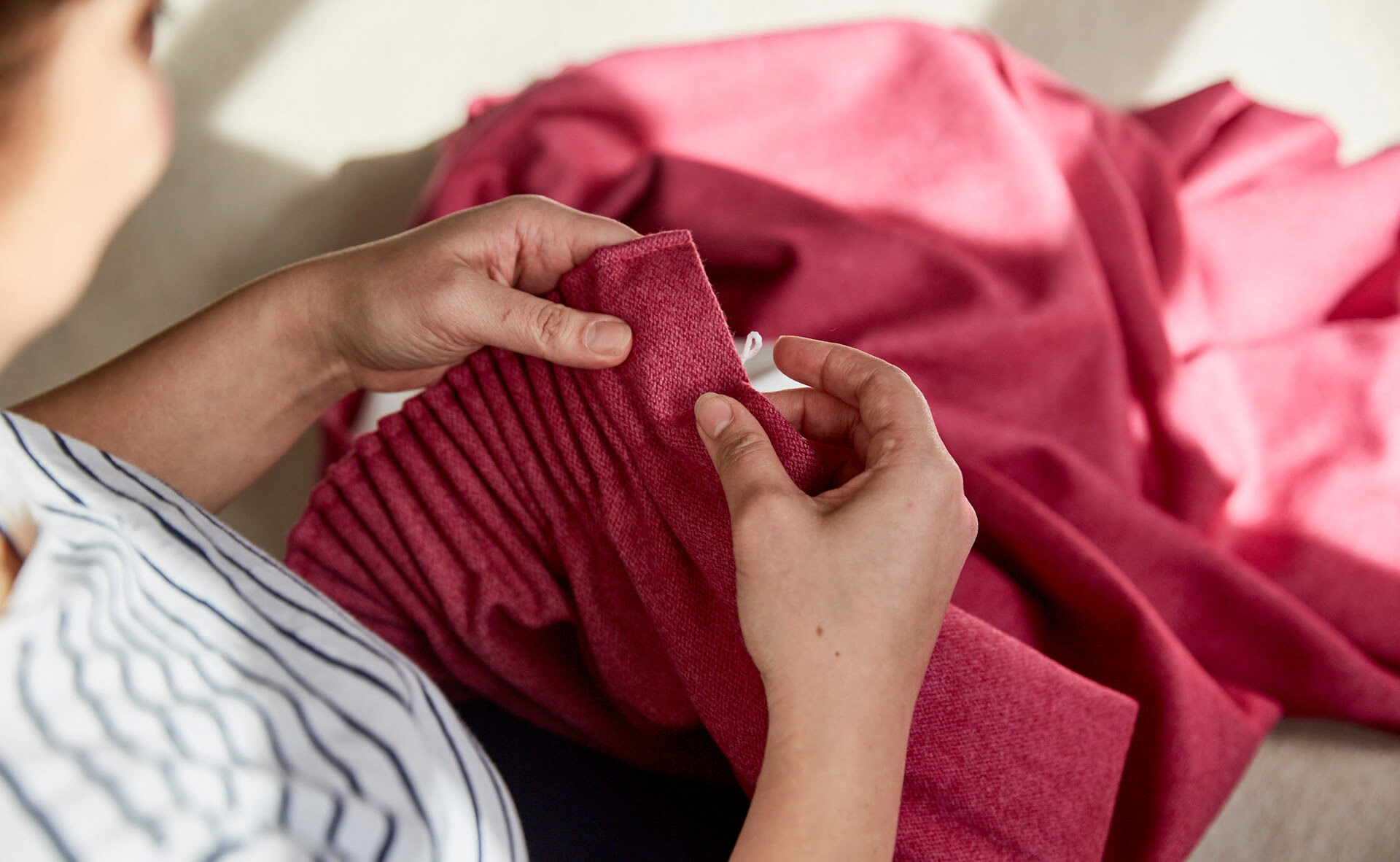
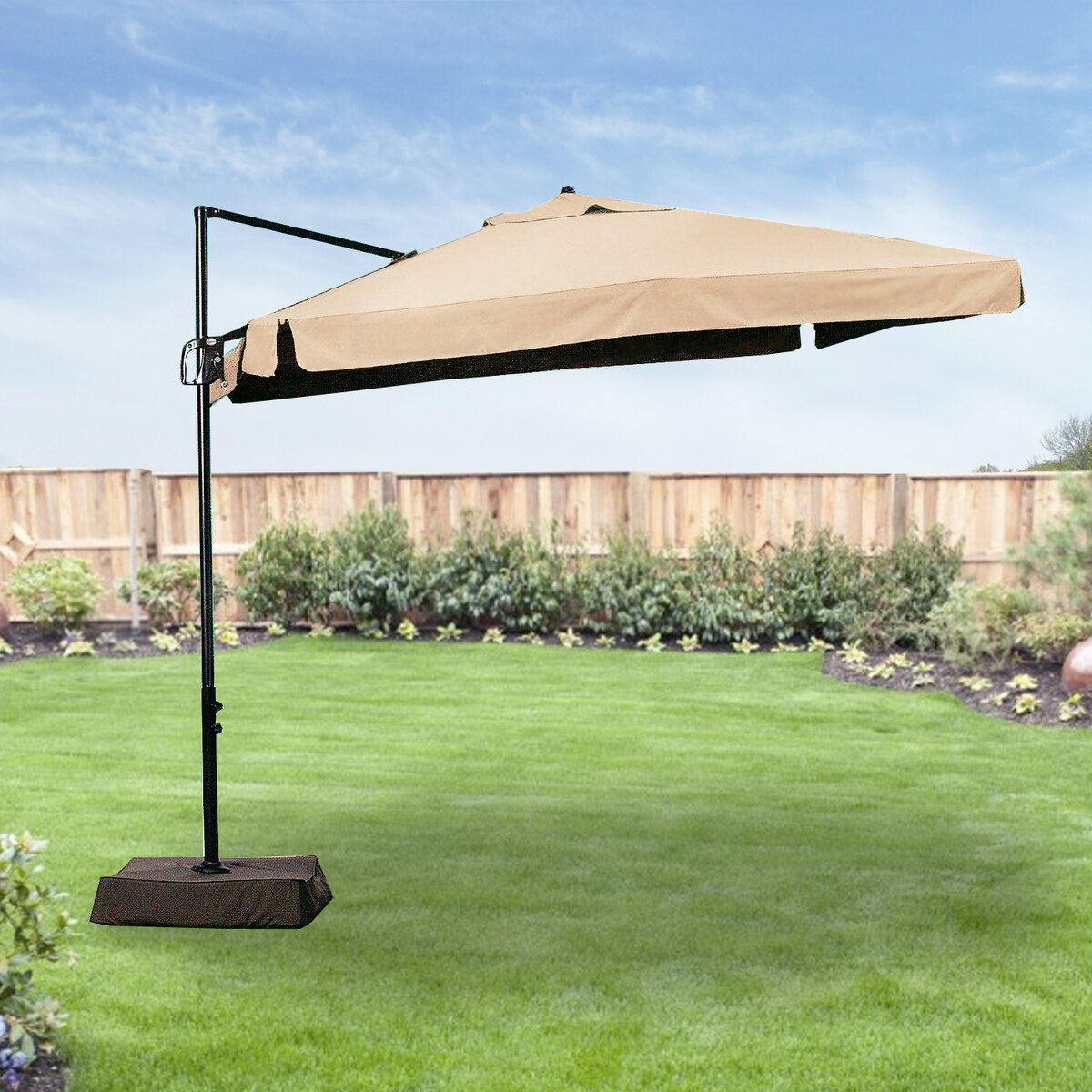
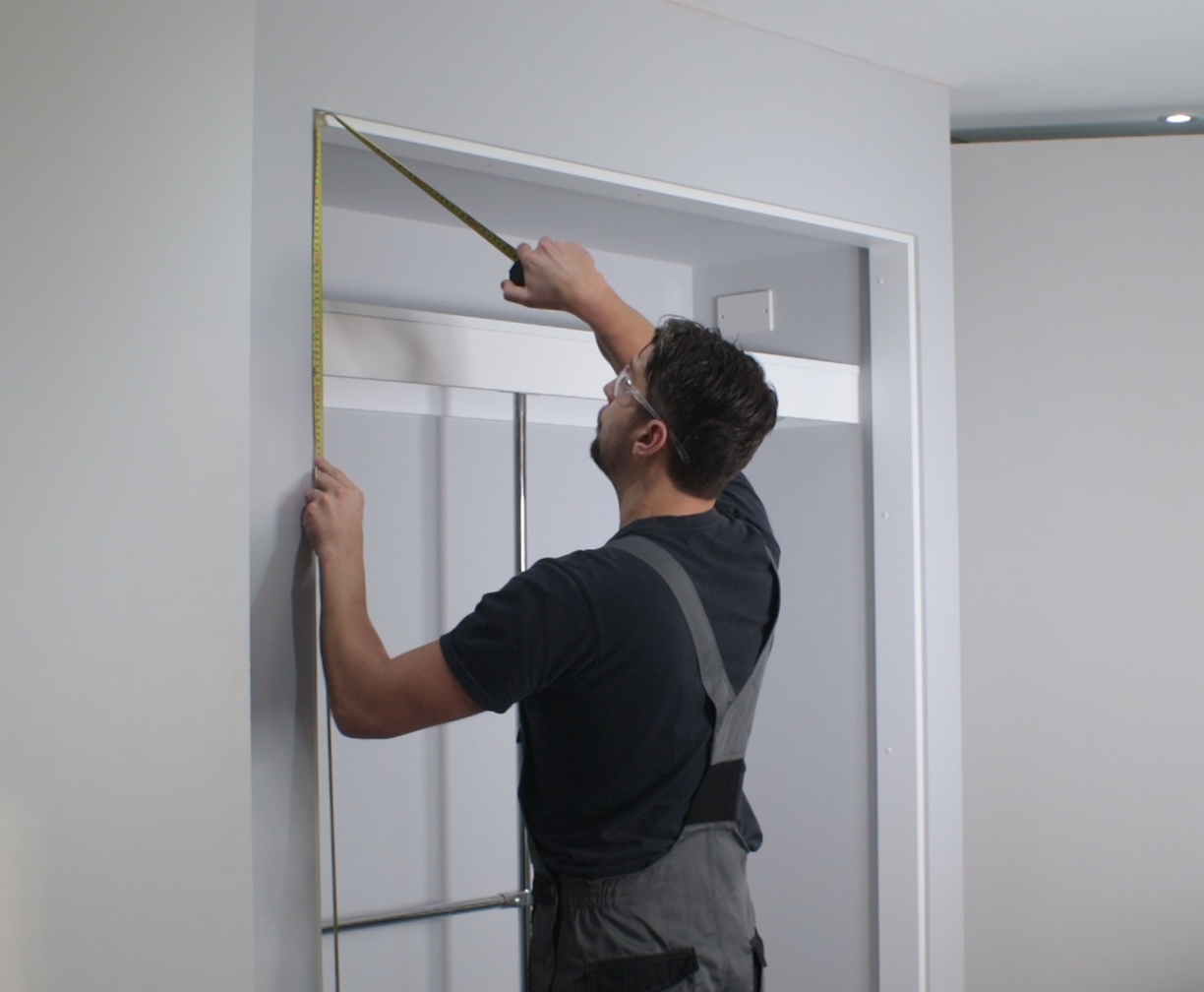
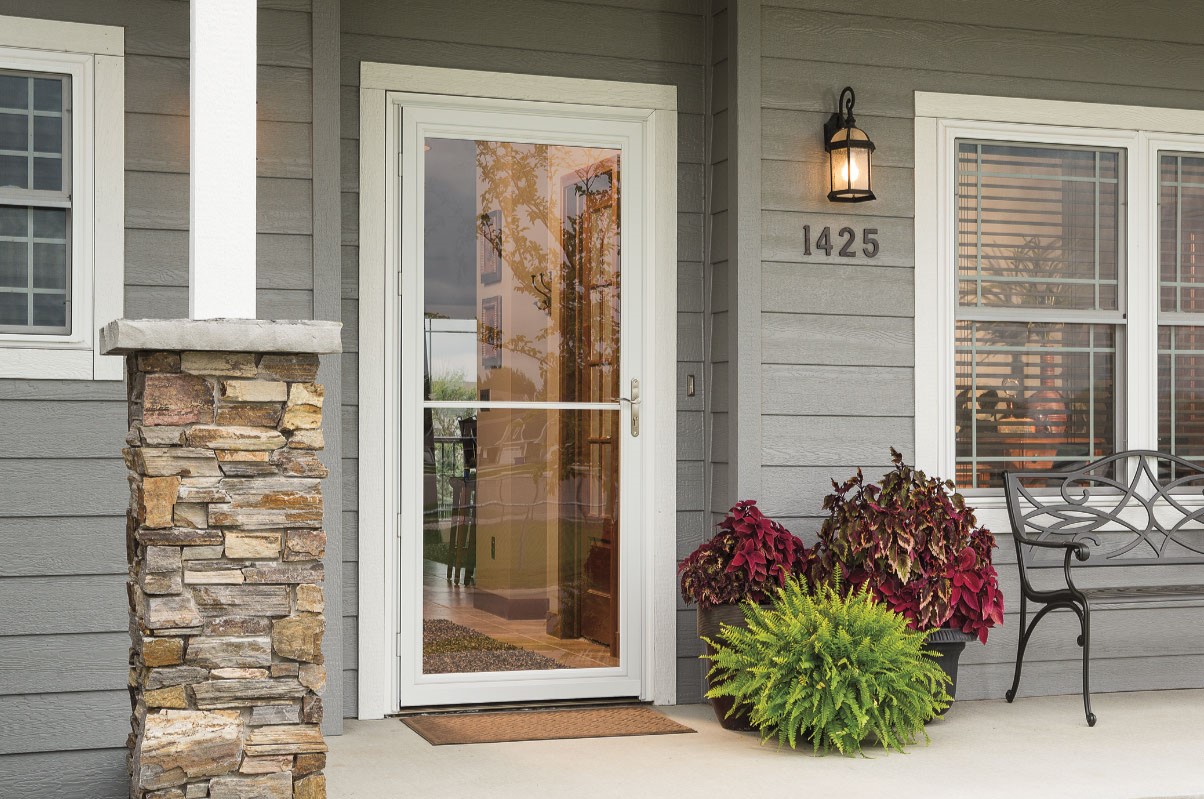
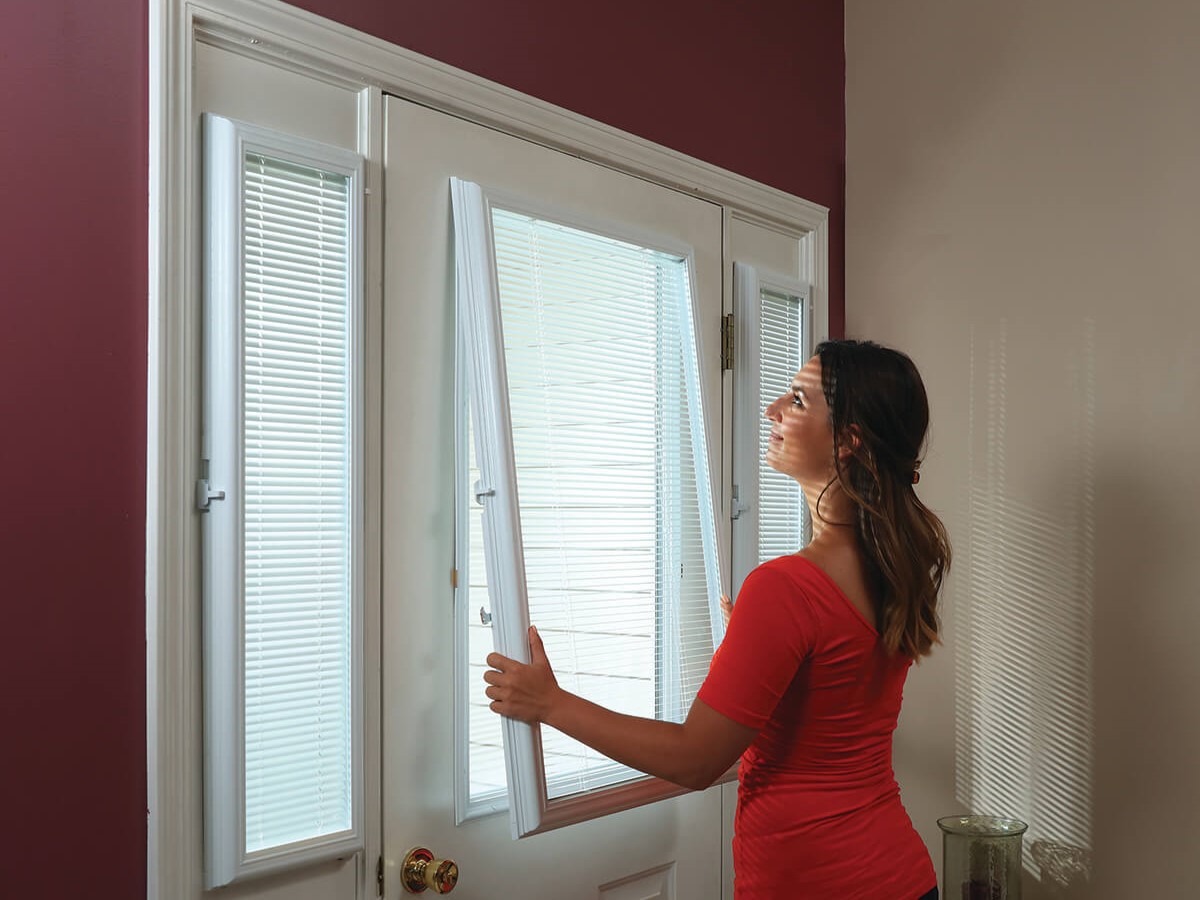
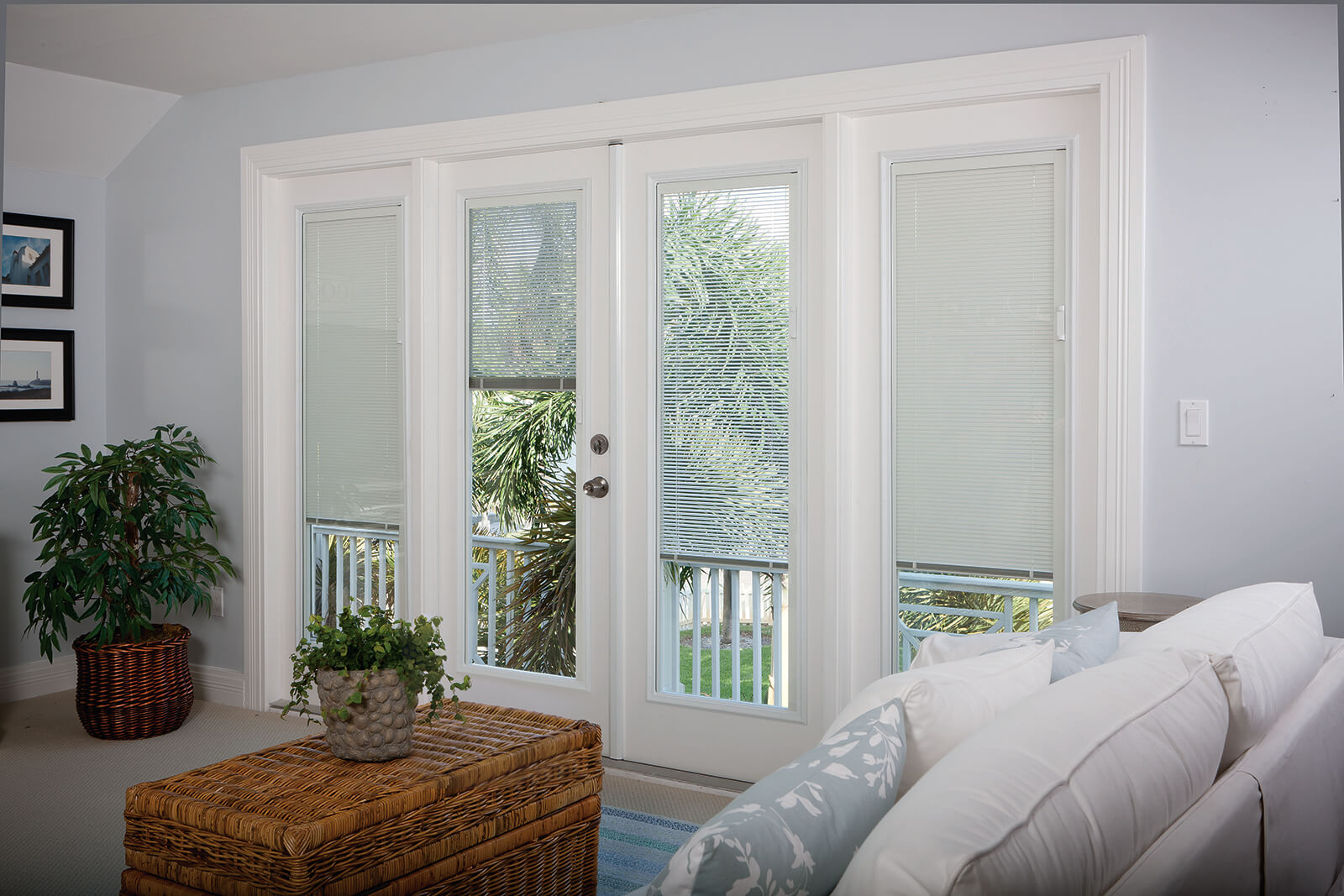
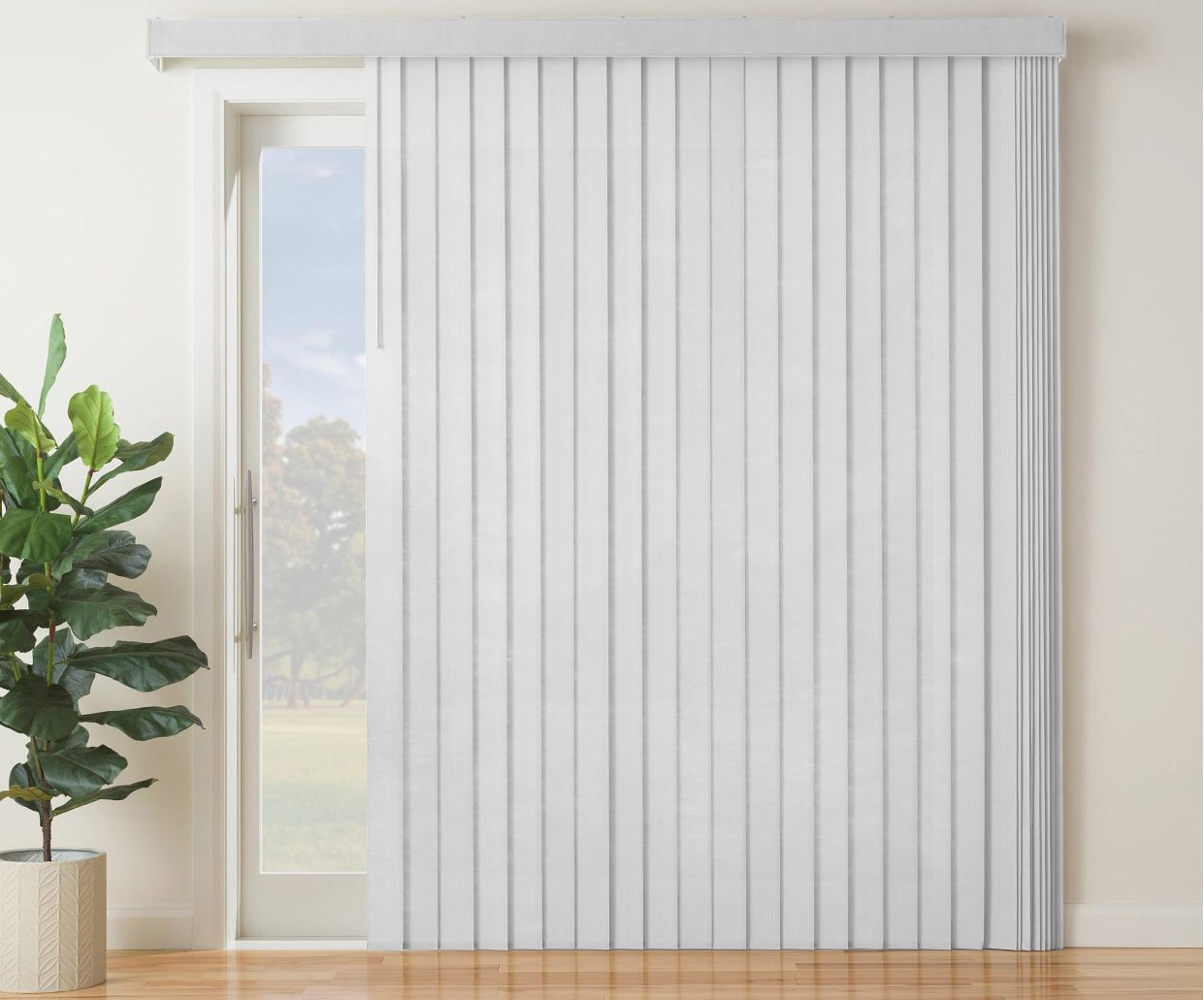
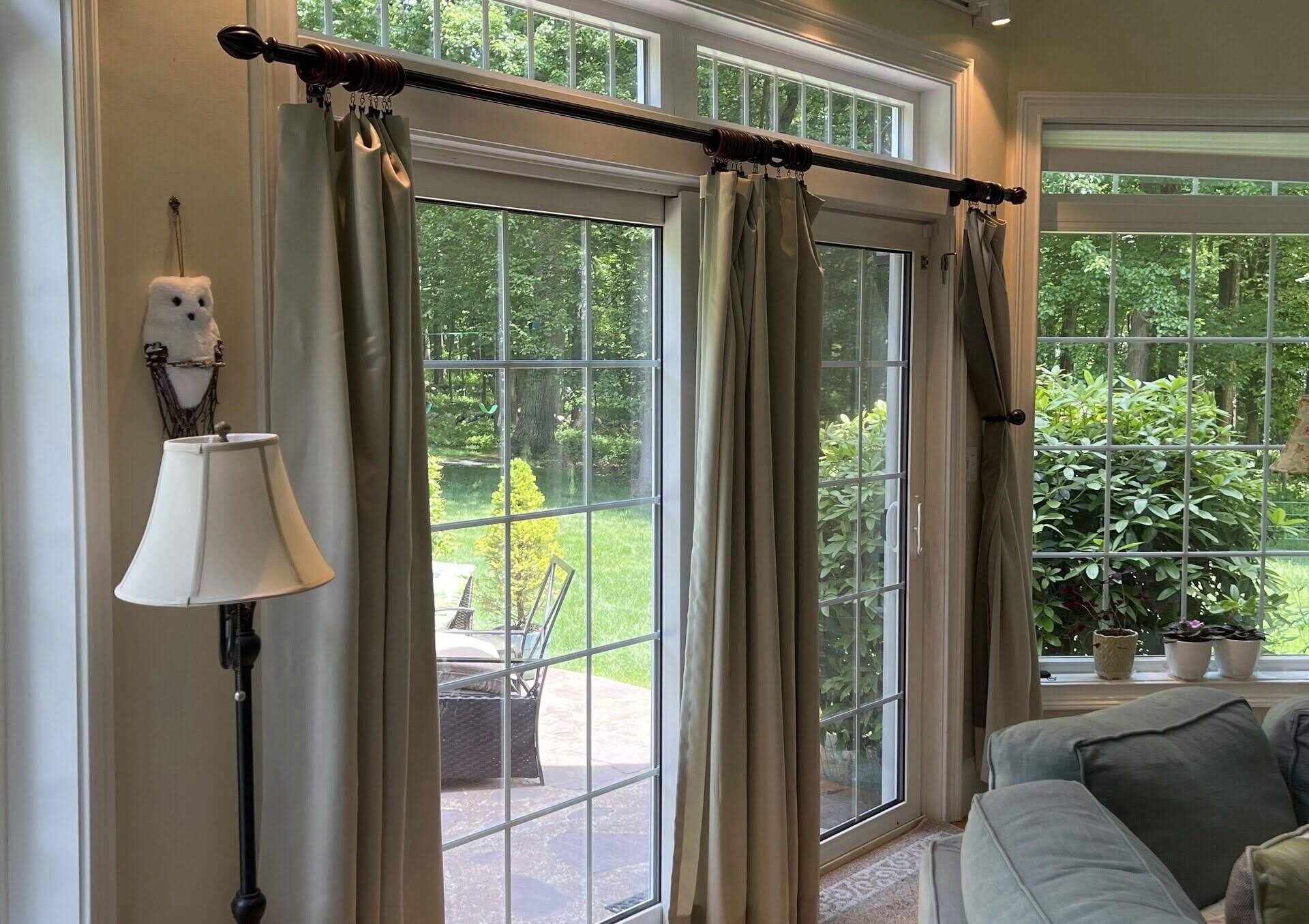
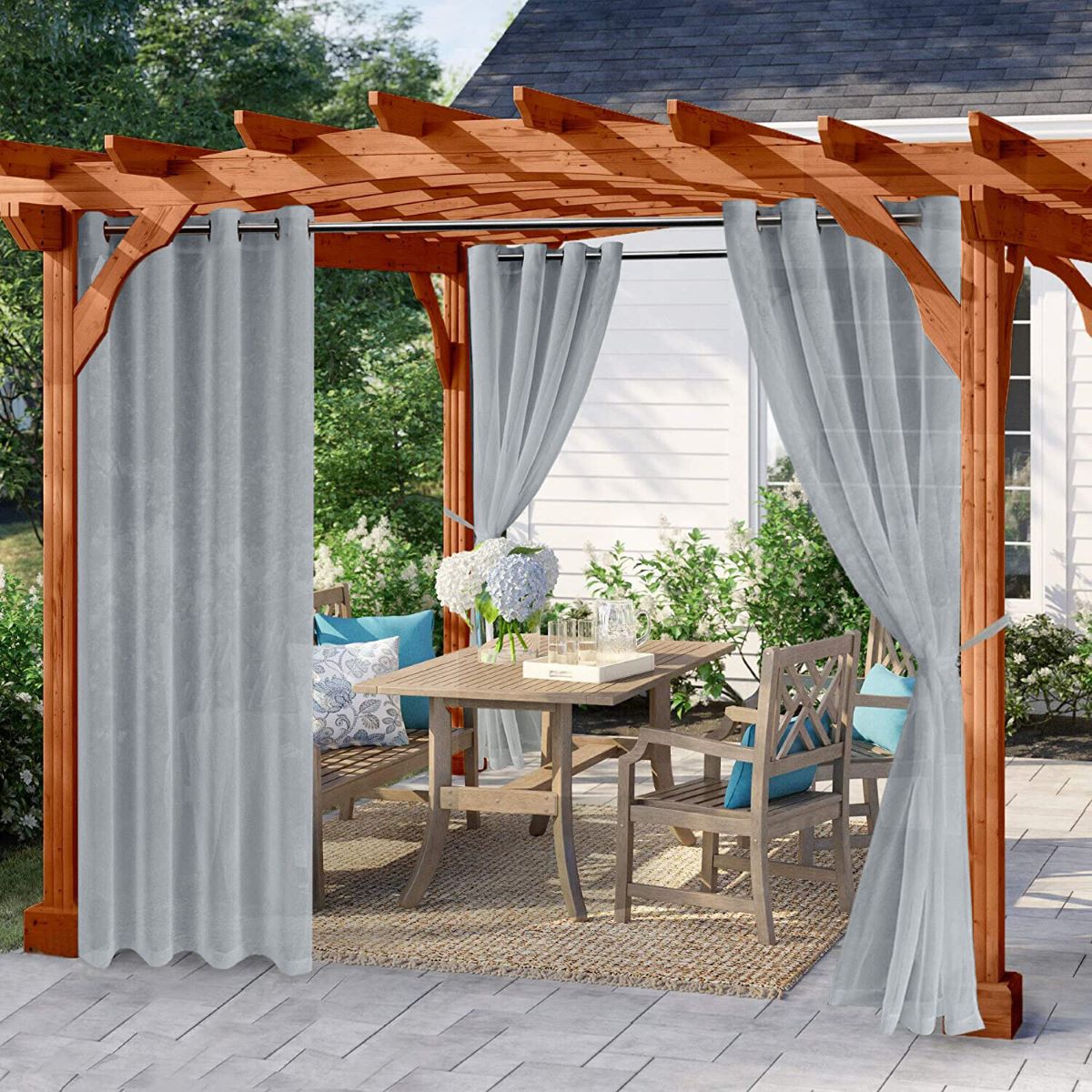

0 thoughts on “How To Measure Drapes For A Patio Door”